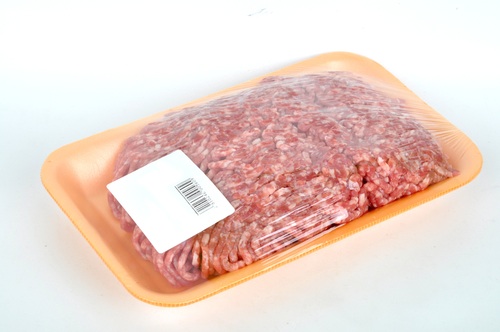It sounds a little bit like something from 1984, but the Department of Homeland Security is working on a project that will gauge a potential terrorist’s intent to do harm by examining physiological signs like heart rate, breathing, eye movement, body temperature and fidgeting. Some researchers are confident that these signals, when taken together, are even more effective security measures than the traditional methods of screening for explosives and weapons.
The project, called Future Attribute Screening Technology (FAST), has been incorporating commercially available sensor technology, such as thermal imaging, eye trackers, and, interestingly enough, everyone’s favorite hot holiday gift item, the Ninentdo Wii. Evidently project researchers modified a Wii balance board, a platform that gamers stand on to simulate movement in certain video games. The modified board can measure weight shifts and fidgeting, which could be indicative of nervousness and would indicate a need for secondary screening.
Some critics question the science behind the technology while others think it’s an invasion of privacy.
“Nobody has the right to look at my intimate body functions, my breathing, my perspiration rate, my heart rate, from afar,” said Joe Stanley of the ACLU. “They need to use old-fashioned, shoe-leather law enforcement investigative techniques, chase down known evidence, known suspects and get out there and do a good, competent basic job in investigating terrorist groups.”
FAST Project Manager Robert Burns disagrees.
“We’re looking at signals you give off naturally. We’re not asking for any personal information. We’re not asking anything about you,” he said.
Even if successful, FAST would likely not be implemented for a few years. Hopefully by then they will have figured out the only real flaw that I can see — how to tell the difference between a fidgeting terrorist and a nervous airplane passenger.
It might be a good idea to get a Wii and start practicing.



